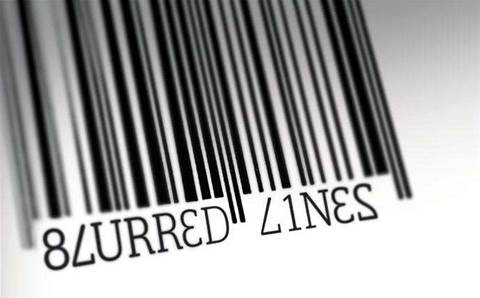The story of Ruslan Kogan, 32, is that of an immigrant, rags-to-riches story that tucks into the Silicon Valley mythos. While Kogan isn’t the only importer of parallel products, he is the most visible – and vocal.
Nearly 10 years ago, Kogan, son of Belarusian migrants, left a safe job to start his parallel import business in his folks’ garage. His light bulb moment was learning an LCD TV wholesaled for a third of retail.
Kogan promoted himself by slapping at sclerotic Australian retailers and the channel. Today, he’s worth north of $350 million, ranks 162nd on the BRW Rich List, and lives in a luxury apartment in Australia’s 16th richest suburb, Melbourne’s Albert Park, says the ATO. (Kogan refused repeated requests to comment for this article, saying through his public relations agency Sling & Stone that he was too busy.)
Ruslan Kogan’s innovation was to massively bypass supply chains to build his own direct links with emerging China exporters, minting his own brands such as the eponymous Kogan as well as Agora.
Kogan hollows-out prices for premium products, such as with Australia’s first sub-$500 netbook (1.6Ghz processor, 1GB RAM) and a $149 Android smartphone. In this issue of CRN, we review his cut-price notebook, a $359 unit with quad-core Intel Pentium N3540 processor. And he parallel imports premium, branded products such as Apple’s iPhone 5 at a small price cut.
Speaking to BRW about his lobbing into the Rich List, Kogan said it’s game-on for disruption of a cozy channel.
“The internet is making it easier than ever for businesses to start and challenge the Goliaths of their industry,” Kogan said. “If I had started Kogan 20 years ago, I would have needed millions of dollars of stock, and showrooms around the country to communicate to the end customer. With the internet, it’s build a website, put a product there and you can instantly talk to the consumer directly.”
The Australian Competition Commission agrees. Although it refused repeated requests to be interviewed for this story, in a statement a spokesman said: “Parallel importing of genuine products is one way for Australian consumers and businesses to buy authentic, well-known branded goods from overseas at cheaper prices.” High prices – the so-called “Australia Tax” – are powering arbitrage in imports, the ACCC says.
An enterprising situation
That’s the consumer space; the enterprise channel is a different beast. While parallel imports and grey markets have always been a factor in the Australian channel, improvement in supply-chain management and rigorous contract enforcement has actually cracked down on the practice, says Avnet Australian vice-president and general manager Darren Adams.
“Every now and then there’s a rogue individual but their ability to parallel import is hindered by the procedures, policies, systems and audits that tend to be higher in the global multinational [distributors],” Adams says. “The supply-chain authenticity is significantly better today than it was 25 years ago.”
Distinct from parallel imports of new and branded equipment, the grey market in used or secondhand equipment isn’t the factor it once was, he says.
“You go back 20 years and the secondhand market for enterprise computers was very buoyant. Back then, a $1 million computer is [the equivalent of] a $50,000 computer today.” These computers could be bought overseas up to 90 percent of their price new, far cheaper than the local product, he says.
“Now the scale is much lower – there’s not as much money in doing it. Customers are inclined to buy new; I’m not saying they don’t buy secondhand because they do, but the amount of money available to make those risks [isn’t there],” adds Adams.
He says Australian resellers are benefiting from a trend for global supply chains, as end customers seek standard solutions sold and supported from Australia but delivered anywhere in the world. In these cases, the items are drop-shipped from the manufacturing point of origin (usually China) or closer to the customer. “They want a supply chain partner that can localise their consumption of IT.”
Avnet has a globalisation team to help resellers manage currency conversions and smooth billing complexity, Adams adds. Avnet also deploys analytics on its systems to weed out suspicious buyers, he says. While he was coy on the specifics, Adams says cash buys from new resellers and those picking up from the warehouse raise red flags. Of the some 3,000 resellers on the distributor’s books, only a handful fall foul each year.
“Typically, it’s not big enterprise systems; typically it’s smaller situations, smaller orders. No one will turn up with a truck to buy a 42U rack that weighs a tonne-and-a-half; typically it’s [orders] for less than $50,000.”
Avnet cuts off resellers found to be parallel importing, he says. “The question is: are they breaking any laws? If you’re breaking the law, you should be dealt with based on the boundaries of laws and guidelines you’ve broken. Unfortunately, there’s a lot of hearsay and anecdotes and opinion that flies around – but you need facts.”
Next: Should parallel import restrictions be abolished?




_(21).jpg&h=142&w=230&c=1&s=1)








.jpg&w=100&c=1&s=0)










